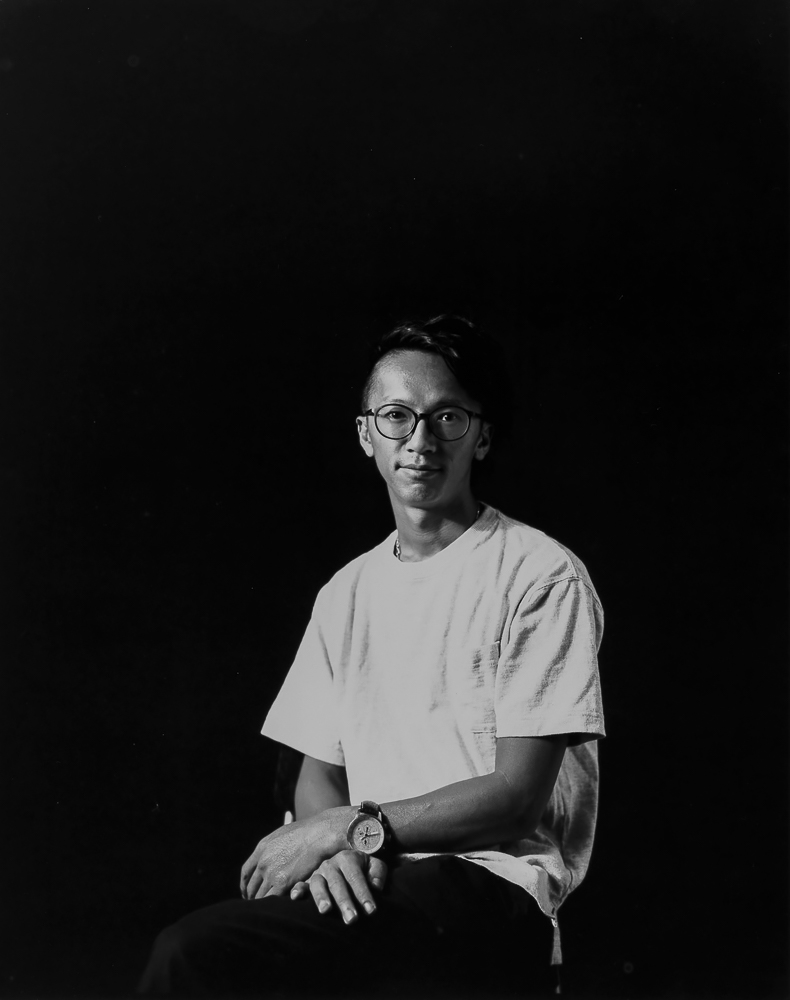Hsuan Chung is a passionate photographer who started his interest in photography when he was
seventeen. During his college years in Taiwan, he taught himself all the skills and techniques of
photography and became a professional newspaper journalist before graduation.
He wasn't satisfied with his works and wanted improvement. That is when he decided to relocate
to Atlanta to work on his M.F.A degree in Photography at Savannah College of Art and Design.
During his time working on his degree, he participates in many events and works hard to
promote his photography works. With less than a year from graduation, he plans to participate in
fundraisers, exhibitions, and other artwork presentation platforms in order to show his works to
the public and spread his messages.
Edge
Since ancient times, human beings have continuously given life to the land and civilization. We
constantly create stories and memories in each land which has its own temperature and culture.
Everything on the land experiences a cycle of weathering, squeezing, and accumulating, then
they disintegrate, and reconstruct to irregular solids.
The project is based on my thoughts about the boundary between sea and land. The gravel in the
soil is cracked by hitting each other under the lap of the waves, thus forming a new state. The
minerals and gravel are brought back to the sea by the waves and become nutrients for
microorganisms. The boundary between the sea and the land, that surges at all times but exists
forever, is the birthplace of land and life. For me, that is also the end of human civilization.
I used the square composition of a medium format camera to metaphorically refer to the concept
of 'time' in nature that only humans have. I pressed the shutter after a series of precise
calculations, and each square perfectly framed the time and scenery of the moment. In order to
let the negative and the seawater fully interact, I soaked the negative in the seawater took from
the shooting location. So that the salt and minerals in the seawater are able to remain on the
negative. During the development, sea salt and minerals that stay on the negative produce
chemical reactions with chemistry and silver halides. Human intervention and uncertain
chemistry allow the whole process to create a memory journey between the earth and the sea,
human beings and nature. The final images fulfill the purpose of recreating memories of different
times and spaces and making them eternal. They not only record the memory of the ocean for
4500 million years but also witness the vitality of everything and the inseparable connection
between human beings and the earth.
